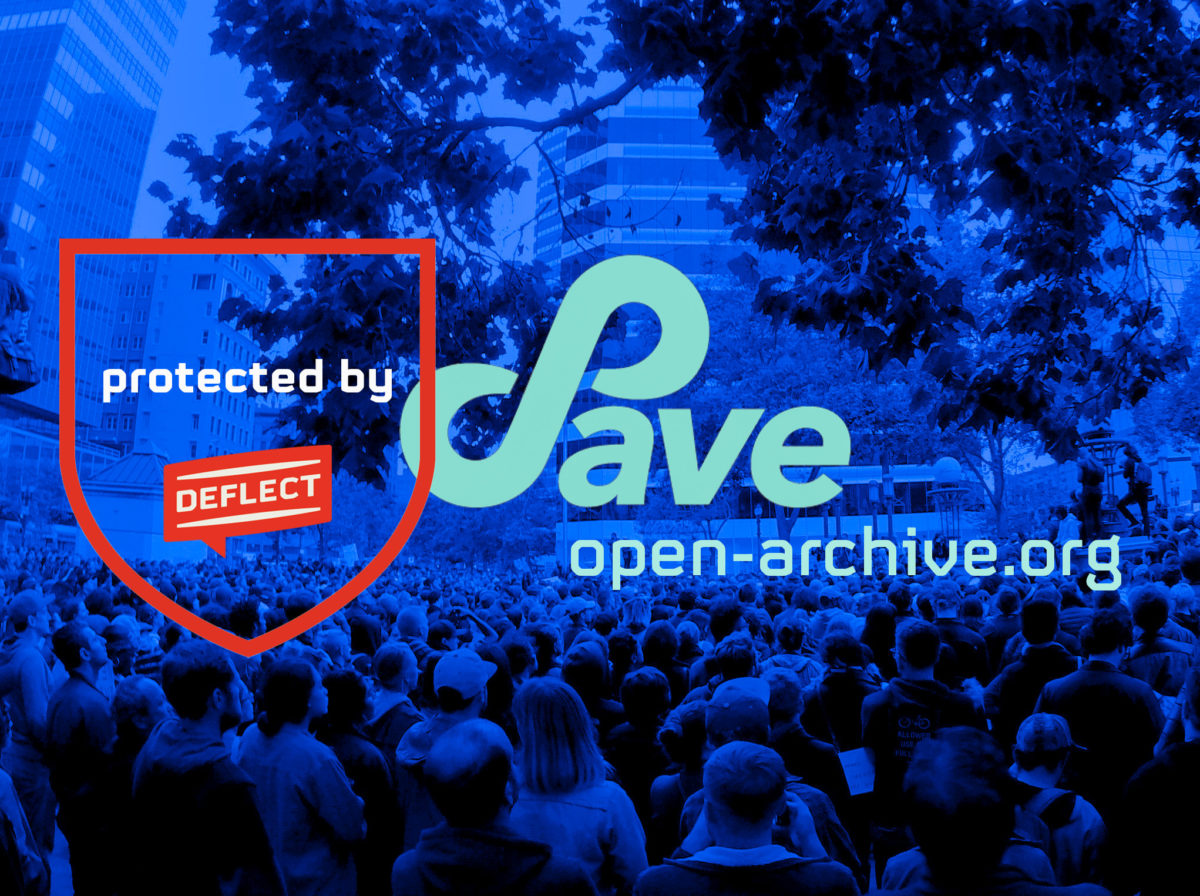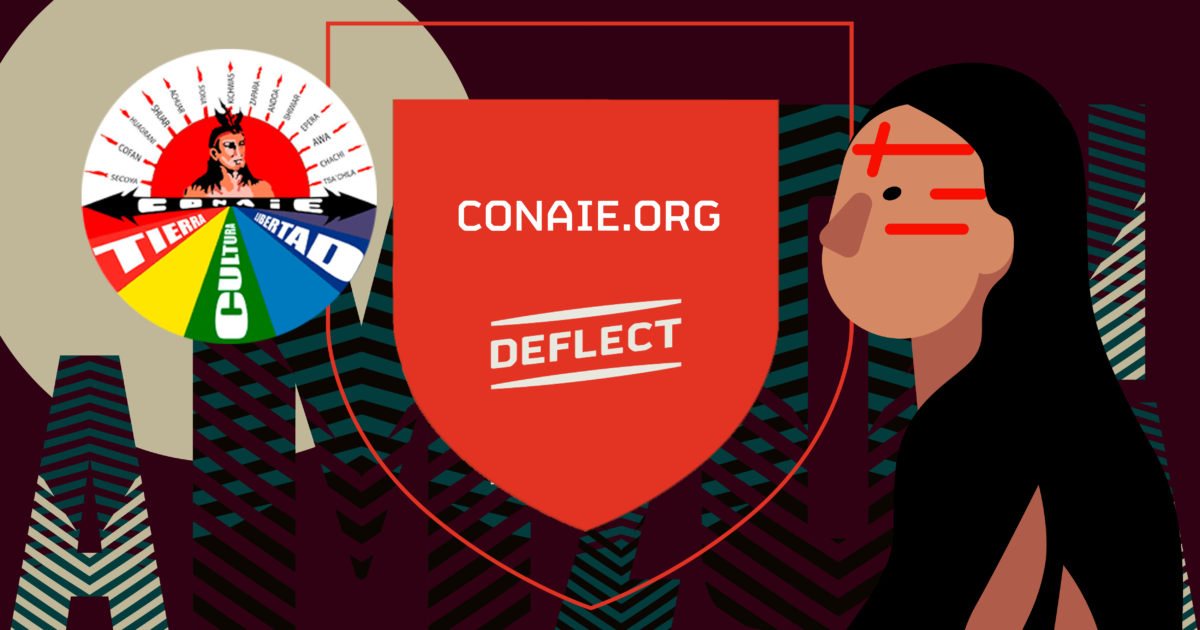| Domain: | Media and Human rights |
|---|---|
| Based in: | Columbia |
| URL: | https://losdanieles.com |
| Protected: | Since 2020 |
| About: | A critical medium of Colombian reality, Los Danieles regularly attracts over a million daily readers since their launch in April when Daniel Coronell, Daniel Samper Pizano, and Daniel Samper Ospina began publishing their articles there. |










